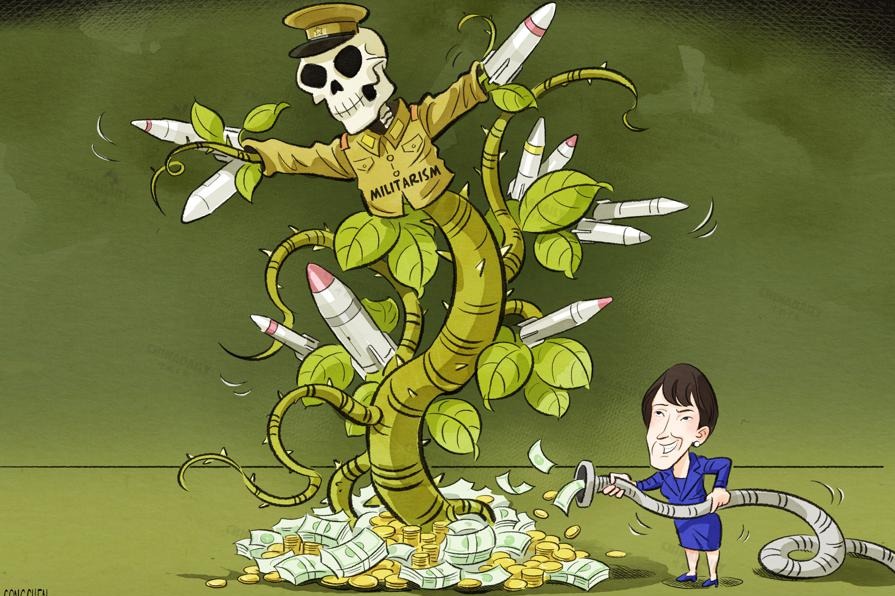Film salvages wartime story of tragic sinking, heroic rescues
Documentary sheds light on Chinese fishermen who saved British prisoners of Japan
By XING YI in London | China Daily | Updated: 2024-09-11 07:38

Full account
To find people connected to survivors of the sinking, Fang accepted interviews with the BBC, and bought full-page advertisements in The Times, Daily Telegraph, and The Guardian newspapers.
His team received 300 emails, mostly from the children and relatives of the survivors, saying that they had heard the stories about the tragedy and were eager to share them. From 2018 to 2019, the team flew to the UK four times and interviewed 100 families, filming hundreds of hours of footage.
In 2018, another survivor, 98-year-old William Beningfield was located in British Columbia, Canada. His memories were crystal clear, and the film documents his account of how the sinking unfolded.
Fang also interviewed the relatives of the US submarine engineer who fired the torpedo, and who lived with a sense of guilt after learning that POWs were onboard.
Striving for a full and fair account, Fang's team overcame difficulties to locate the archive of the incident in Japan. They interviewed the daughter of Shigeru Kyoda, the Lisbon Maru's captain. Kyoda was imprisoned for seven years for his role in the incident following a post-war trial.
The team also interviewed Fumitaka Kurosawa, president of the Military History Society of Japan, who analyzed the intentions of the Japanese military commander Lieutenant Hideo Wada who gave the order to abandon the POWs.
In 2019, Fang organized for some of the relatives of the Lisbon Maru survivors to visit Dongji Island to meet the children of the fishermen. During the visit the families held a long-overdue memorial service at sea near the shipwreck.
In 2021, a memorial dedicated to the 828 POWs who perished and over 200 more who died in captivity, was unveiled at the National Memorial Arboretum in Staffordshire, England.
























